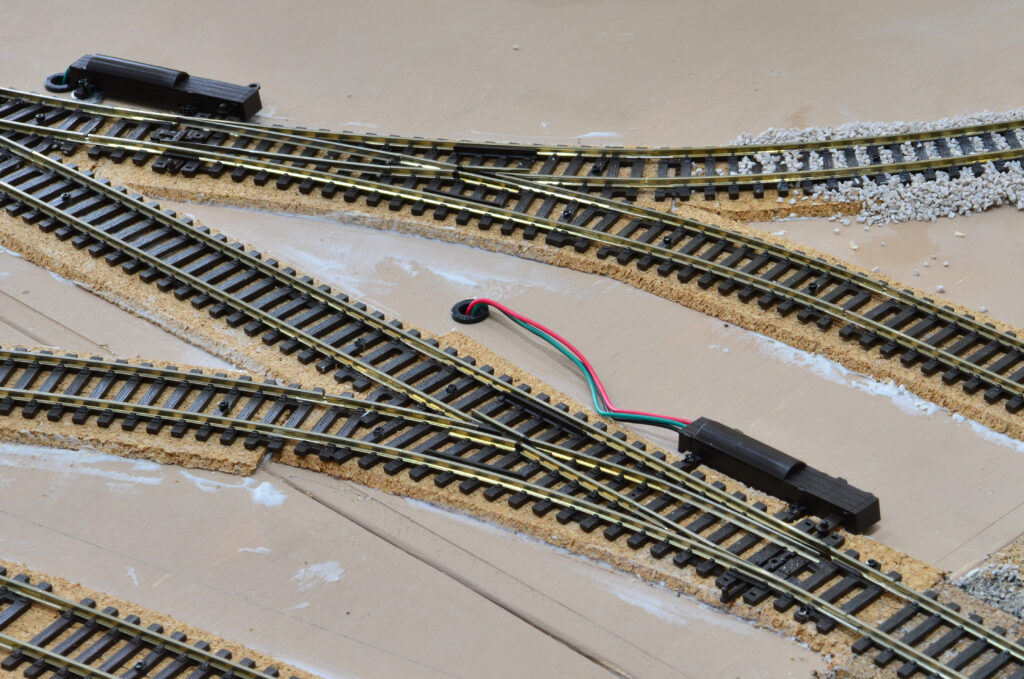You need to store your toy trains appropriately when they aren’t on display. If not, you run the danger of causing harm that will diminish their beauty and worth. Here are 8 suggestions for safeguarding your assets.
1. Modern trains are stored in their boxes.
Make sure to keep them dry, dark, and away from fluorescent lighting and sunlight in a cabinet, drawer, or other enclosed space. A few packets of silica gel placed inside the box can assist maintain low levels of moisture and humidity, preventing the growth of mold and the rusting of metal components. To avoid paint being rubbed off by the interior of the packaging, stop trains from rolling within their boxes.
2. Avoid wrapping unboxed trains in the newspaper.
The handling of newspapers, particularly recycled paper, may leave a dark stain or black mark on the body.
3. Avoid covering trains with bubble wrap.
If bubble wrap is tightly wrapped around a model’s body, the “bubbles” produce circular markings on the body. A plastic bag held too tightly against a plastic or tinplate object may also take off old decals.

4. Don’t cover trains with worn-out clothing or dusters.
When removed, remnants of soap, other detergents, and fabric colors might attach to the plastic or tinplate and leave some color and detail behind. And at worst, they can cause minor abrasions and rusting that make surfaces feel harsh. As a result, to get rid of dyes and other chemicals, we advise running fabric through a couple of warm rinses in a standard washing machine before using it as an initial wrap.
5. Cover objects in alkaline tissue paper before wrapping sheet metal and plastic.
Make use of two, if not three, sheets of alkaline tissue paper. You can wrap the object very tightly in the first 24-by-20-inch tissue and then again in a second or third tissue, wrapping the ends much like wrapping a gift. Add a note outside the container to indicate what was being stored. When that happens, place one or two silica gel sacks near to reduce humidity.
6. Separately wrap flatcar cargo.
Old rubber tires on vehicle loads are prone to softening and flattening just on the bottom. Additionally, a plastic flatcar’s surface and the tires could chemically react. Separately wrap each load, but place it in the appropriate car.
Never use a tie tape or an elastic band to secure a load to a flatcar. Over time, flexible rubber bands will degrade and adhere to the load’s surface. Store loads for vehicles upside down to relieve pressure on the tires. Other loads can be mounted using dry wood blocks that raise the burden above the car’s surface. This is a valuable way to arrange such loads on even a shelf.
8. Steer clear of forests with aromatic scents and acidic vapors.
These may deter moths, but they are dangerous for trains. Strong odors like those of pine and cedar are undesirable. As you build your layout, keep your trains away from every “green” timber you may have bought.


